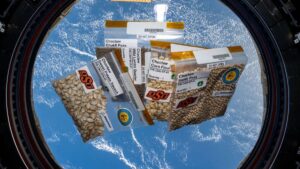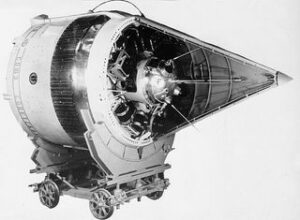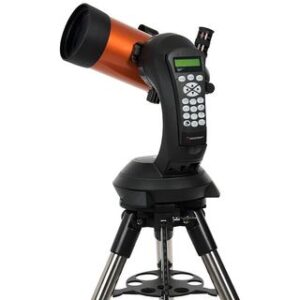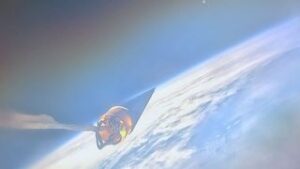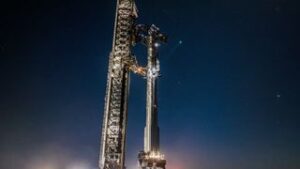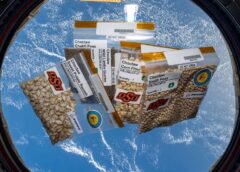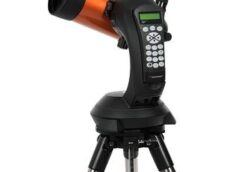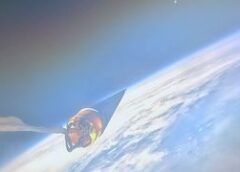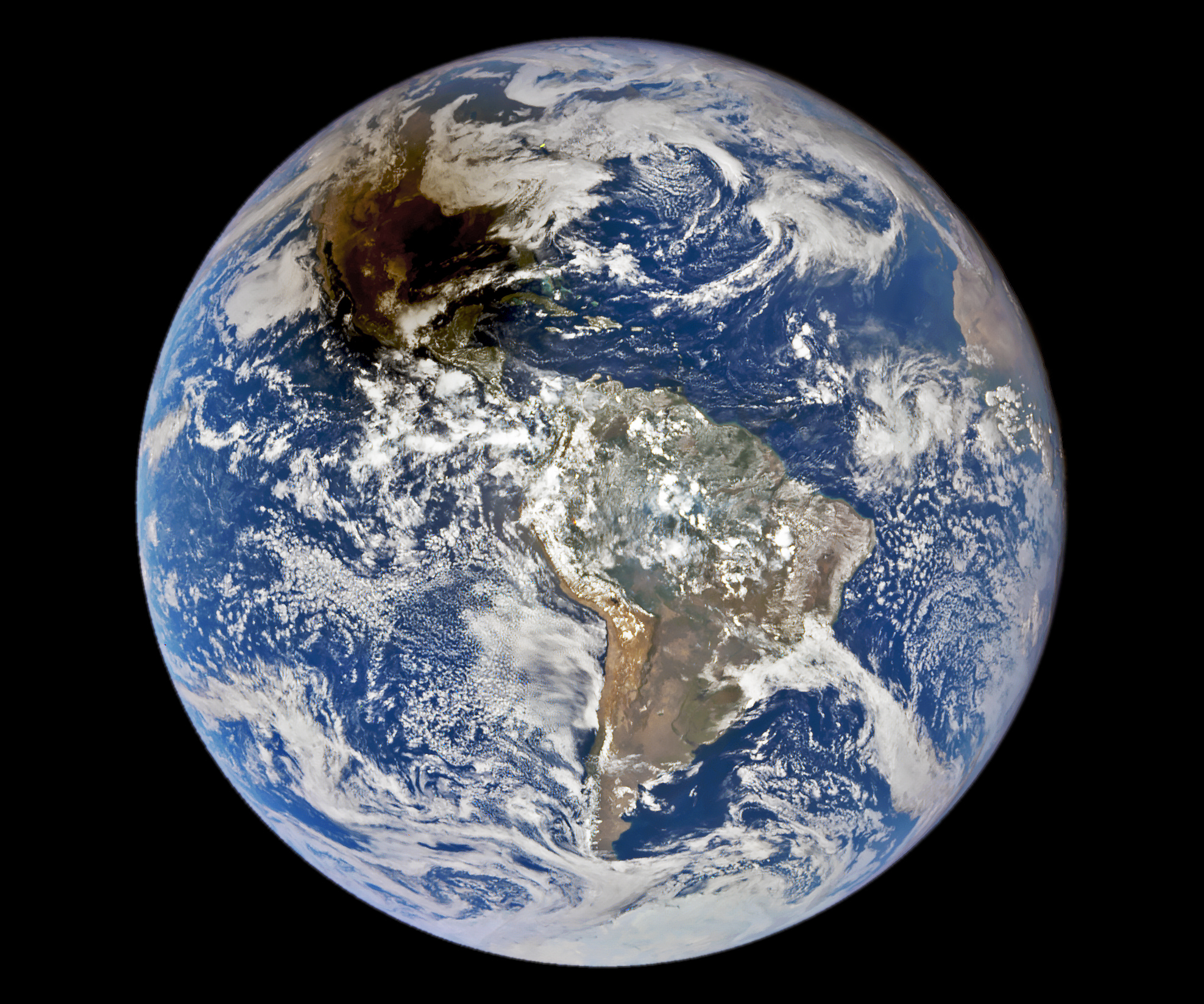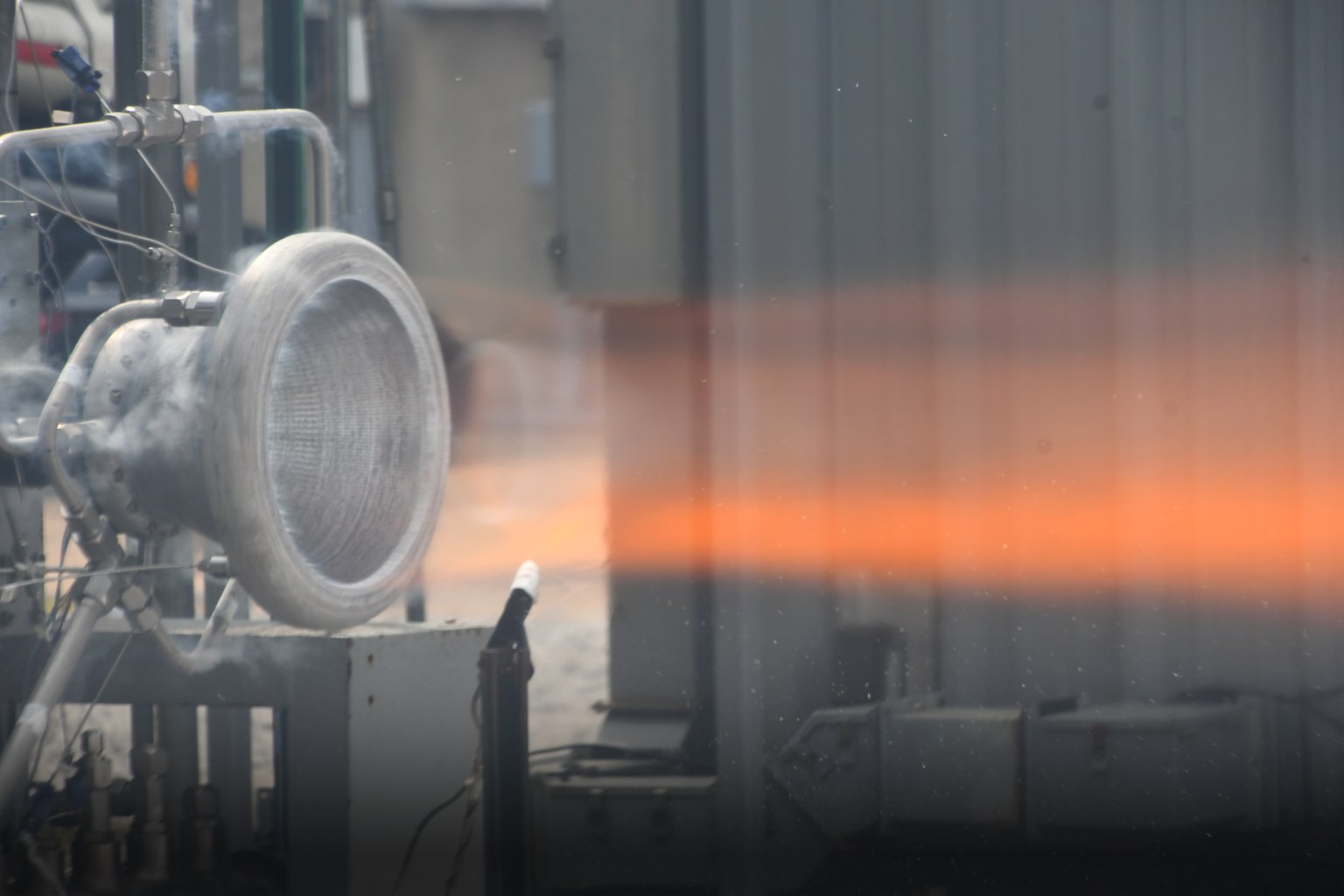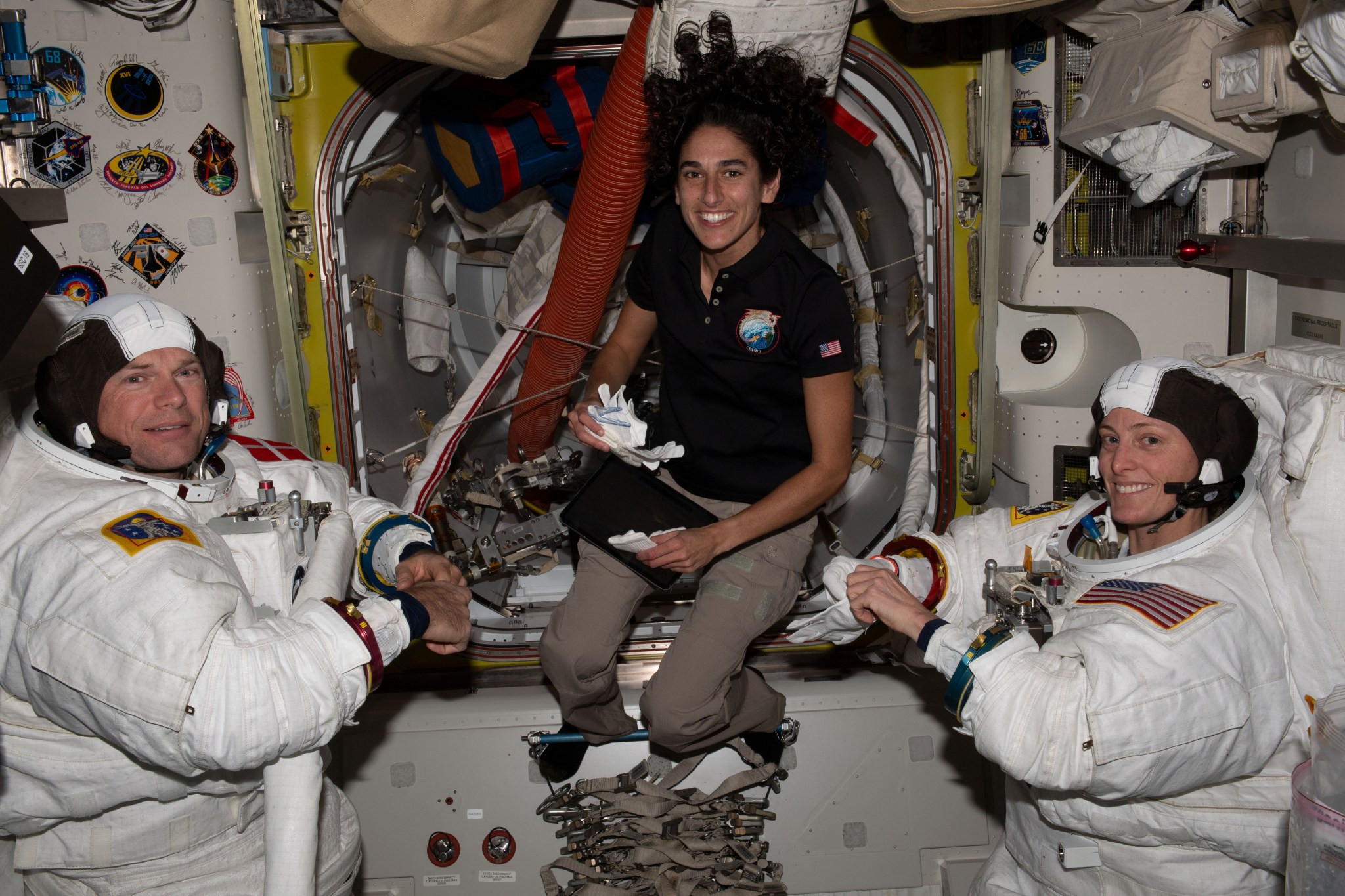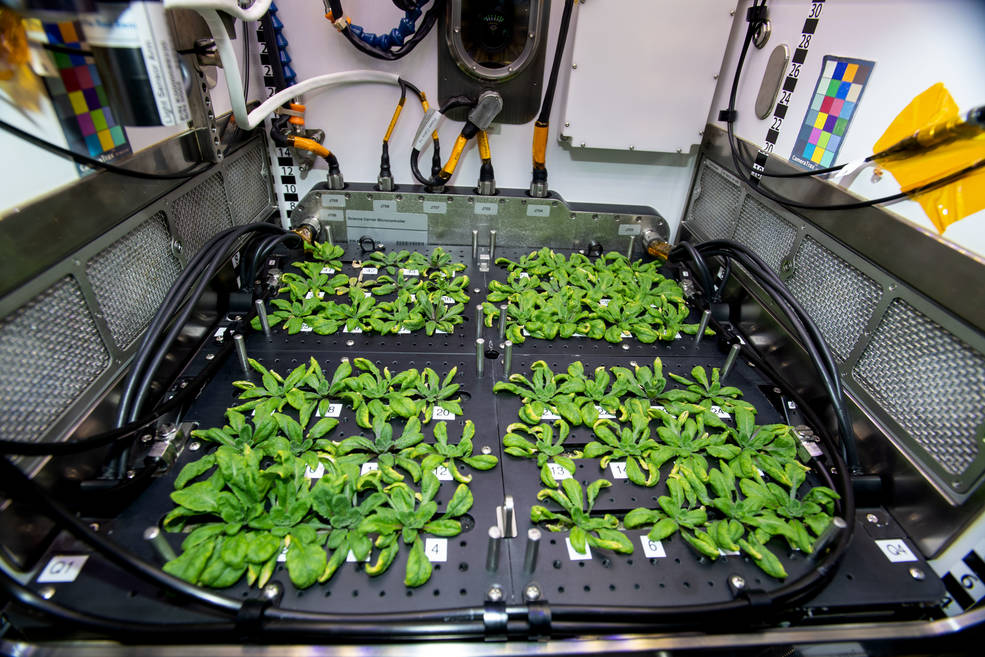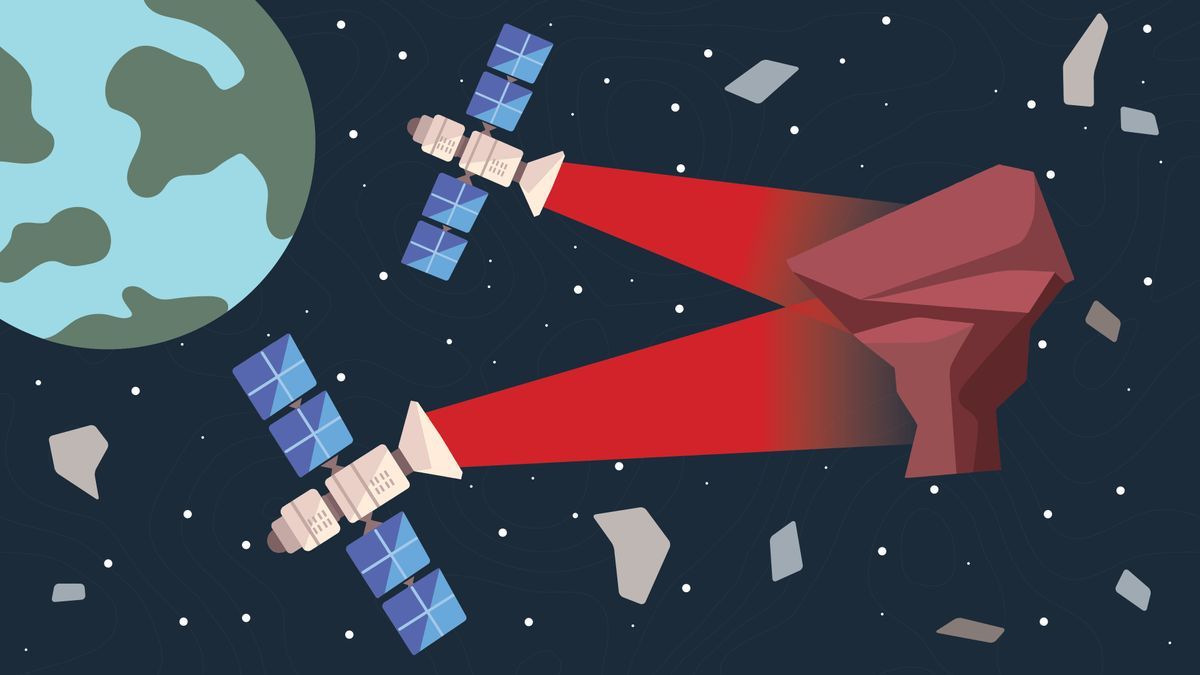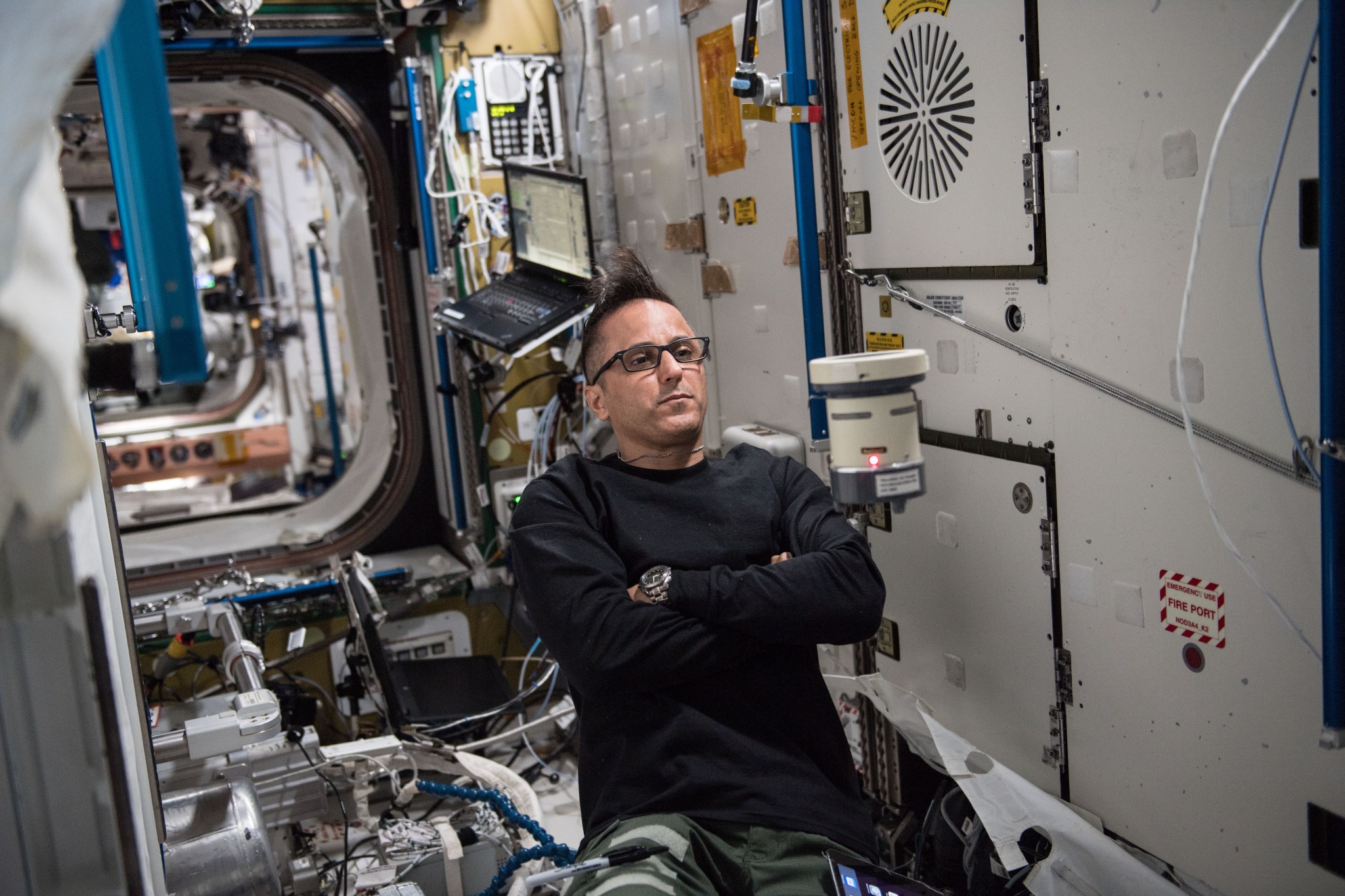On October 14, 2023, the Moon aligned with the Sun and Earth to produce an annular solar eclipse. The spectacle bathed millions of Americans in a lunar shadow as the Moon blocked the Sun’s rays. The above image was acquired during the eclipse by NASA’s Earth Polychromatic Imaging Camera imager aboard the Deep Space Climate Observatory, a joint NASA, NOAA, and U.S. Air Force satellite. NASA NASA’s Earth Polychromatic Imaging Camera aboard the Deep Space Climate Observatory (DSCOVR) captured the lunar shadow during the Oct. 14 annular solar eclipse. The…
Read MoreAstronauts embark on a surreal survival odyssey in new series ‘Scavengers Reign’ (exclusive)
One of the most terrifying worst-case scenarios for any off-world astronaut mission would be getting stranded on an alien world. That’s exactly what happens in Max’s wild new adult animated series, “Scavengers Reign,” which launches its 12-episode series on Oct. 19. Judging from the previews we’ve seen, strange planetary adventures have never been more surreal. Originating from “Scavengers,” Joe Bennett and Charles Huettner’s oddly silent sci-fi short that first aired on Adult Swim’s Toonami program back in 2016, “Scavengers Reign” takes the source material’s premise of desperate astronauts stranded on…
Read MoreNASA’s Innovative Rocket Nozzle Paves Way for Deep Space Missions
4 Min Read NASA’s Innovative Rocket Nozzle Paves Way for Deep Space Missions The RAMFIRE nozzle performs a hot fire test at Marshall’s East test area stand 115. The nozzle, made of the novel aluminum alloy 6061-RAM2, experiences huge temperature gradients. As hot gasses approach 6000 degrees Fahrenheit and undergo combustion, icicles are forming on the outside of the engine nozzle. Credits: NASA By Ray Osorio NASA recently built and tested an additively-manufactured – or 3D printed – rocket engine nozzle made of aluminum, making it lighter than conventional nozzles…
Read MoreWatch Live as NASA Astronauts Conduct Spacewalk, Upgrade Space Station
NASA astronaut Jasmin Moghbeli (center) assists astronauts Andreas Mogensen (left) from ESA (European Space Agency) and Loral O’Hara (right) from NASA as they try on their spacesuits and test the suits’ components aboard the International Space Station’s Quest airlock in preparation for an upcoming spacewalk. NASA Two NASA astronauts aboard the International Space Station will conduct a spacewalk Monday, Oct. 30, to complete maintenance activities at the orbital complex. Live coverage of the spacewalk begins at 6:30 a.m. EDT on NASA Television, the NASA app, and the agency’s website. The…
Read MoreStation Science 101: Growing Plants in Space
Thale cress plants from the Plant Habitat-03 investigation just before a harvest. NASA As NASA plans missions to the Moon and Mars, a key factor is figuring out how to feed crew members during their weeks, months, and even years in space. Astronauts on the International Space Station primarily eat prepackaged food, which requires regular resupply and can degrade in quality and nutrition. Researchers are exploring the idea of crews growing some of their food during a mission, testing various crops and equipment to figure out how to do this…
Read MoreHow AI-powered lasers could help with space debris
Low-Earth orbit is teeming with space junk. This increasingly cluttered area of space could benefit from a network of lasers that nudge objects at risk of colliding with satellites or spacecraft into safer orbits, according to new research. While space debris has been a concern for decades, efforts to address this junk have only recently started receiving serious investment. The latest early-stage idea is to mount artificial intelligence-powered lasers on satellites or other dedicated platforms and have them monitor space debris objects. When an object is suspected to be on…
Read MoreThe Space Life Sciences Training Program at Ames Research Center
Space Life Sciences Training Program An investment in tomorrow The Space Life Sciences Training Program (SLSTP) provides undergraduate students entering their junior or senior years, and entering graduate students, with professional experience in space life science disciplines. This challenging ten-week summer program is hosted by NASA’s Ames Research Center in the heart of California’s Silicon Valley. The primary goal of the program is to train the next generation of scientists and engineers, enabling NASA to meet future research and development challenges in the space life sciences. Summer 2023 SLSTP students…
Read MoreJupiter’s volcanic moon Io looks stunning in new Juno probe photos
NASA’s Juno mission has captured stunning new views of Jupiter’s moon Io and its lava-scarred surface. During a recent flyby on Oct. 15, Juno passed near Jupiter’s fifth moon, Io, which is the most volcanically active body in the solar system. The moon’s tortured surface appears tie-dyed with swirls of light and dark spots and large swaths of molten-red patches in new photos shared by NASA on X (formerly Twitter). The volcanic activity on Io has created lakes of molten silicate lava on its surface. Dark, molten-red patches spread across…
Read MoreStation Science 101: Microbiology
NASA astronaut Joe Acaba with one of the Microbial Air Samplers, devices that monitor microbes in the air of the space station. NASA Wherever there are humans, there are microbes, too. Bacteria and fungi live all around us, in our homes, offices, industrial areas, the outdoors – even in space. People literally could not live without these tiny organisms, many of which are beneficial. The trick is limiting potentially harmful ones, particularly in a contained environment such as a spacecraft. So from the launch of the very first module of…
Read MoreNew ‘galactic atlas’ offers stunning details of 400,000 galaxies near the Milky Way
A new cosmic atlas contains precise details of nearly 400,000 galaxies in the Milky Way’s general neighborhood. And, beyond being of immense use for astronomers seeking hard data, the atlas also features beautiful images that are free for the public to access online and get to know our corner of the universe. Called the Siena Galaxy Atlas (SGA), this digital atlas was created using data from three astronomical surveys collected between 2014 and 2017 at Cerro Tololo Inter-American Observatory (CTIO) and Kitt Peak National Observatory (KPNO). Together, those surveys are…
Read More